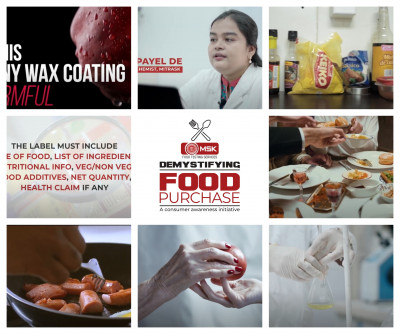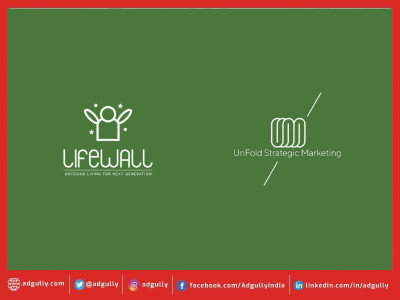MitraSk Food Testing offers insights for consumers
MitraSK Food Testing is a leading integrated, food testing and quality enhancing organization in India serving the nation since last 80 years. Today this August, on the occasion of Independence Day and the forthcoming festive season, MitraSK launches a consumer awareness social media campaign called Freedom from Common Misconceptions on Daily Food & Purchase that aims to offer specific expert led details on 3 of the most common conditions when it comes to Indian households and family food purchase.
Dr. Soumyadeep Mukhopadhyay, Laboratory-In-Charge at MitraSK Food Testing Services explains topics covering 3 areas where consumers can reduce the harmful elements in the food and thus buy and eat healthier by some simple adjustments in daily lives & being more aware & free of health hazards. These topics include –
- Is cooking oil reusable after one frying cycle?
- Fruits and veggies are coated with a layer of wax to preserve their shine. Is this wax coating harmful?
- How to read labels on a food product and make the best buying decision?
Is cooking oil reusable after one frying cycle -
Even though fried food is so popular, very few people are aware of the harmful effects of reusing the oil use to fry food. In a common Indian household, it is also considered as an area of saving the oil consumption. While that is also important it should be reused beyond a certain way or time.
Oil heated to high temperatures releases toxic fumes. Fumes are given off even before the smoke point is reached, but increases dramatically when the temperature goes above smoke point. Each time oil is heated, its fat molecules break down a little bit. This causes it to reach its “smoke point,” the temperature at which it literally starts to smoke and give off a bad odour, more quickly each time it is used. When this happens, unhealthy substances are released both into the air and into the food being cooked.
Dr. Soumyadeep Mukhopadhyay, Laboratory-In-Charge at MitraSK Food Testing Services, explains, “These substances are grouped under total polar compounds and their toxicity may cause lipid deposition, oxidative stress, hypertension, atherosclerosis, etc. The Food Safety and Standards of India (FSSAI) has fixed the maximum limit of Total Polar compounds at 25%. We at MSK ensure that the cooking oil adheres to the set codes of FSSAI.”
Fruits and veggies are coated with a layer of wax to preserve their shine. Is this wax coating harmful?
Fruits and vegetables have a natural wax coating that retains moisture because they are composed of 80 to 95 percent water. However, for the purpose of packaging they are profusely washed and thus the coating wears off. Artificial waxes are then applied to replace the natural ones that wear off. This wax is applied on products to improve the appearance and increase shelf-life. But are these waxes really safe? Whether the wax coats are safe to digest depends on the type of coating used. Most of the coatings involve morpholine that is tremendously harmful and can cause liver or kidney dysfunctions.
Dr. Soumyadeep Mukhopadhyay, Laboratory-In-Charge at MitraSK Food Testing Services, explains, “In India, natural waxes like Candelilla wax, Beeswax and carnauba wax are the only permissible food waxes on different fruits and vegetables. In order to determine whether the wax coating is made of natural or petroleum based waxes, the physical and chemical properties need to be known. All natural waxes have the esters group which are not present in petroleum waxes as they are made of alkanes of various carbons. This is tested using FT-IR Spectroscopy.”
The Food Safety and Standards Authority of India (FSSAI) permits only natural waxes on produce. Therefore, the FT-IR tested wax coatings applied on products are not considered harmful when ingested.
How to read labels on a food product and make the best buying decision
FSSAI has laid down labelling guidelines which every food manufacturer must follow
The lable must include name of food, list of ingredients, nutritional info, veg/non veg, food additives, net quantity, health claim if any
Other points to note on a label are batch number, FSSAI license number, address and contact of manufacturer, country of origin etc.
#OUTUBE_GX4FwGdOT6c&t=41s#


















Share
Facebook
YouTube
Tweet
Twitter
LinkedIn